Home > DC Power Cable > USB Power Cables
As the internal wiring built with an USB Cable, a USB power wire is designed to transfer electricity from one application to another. The wires take care of sending power to charge or function devices like tablets, laptops, LED or other electronic applications. Working with data wires, USB power wires contribute to the energy feed rather than the transmission of data. Standardized USB power cables consist of 4 wires, 2 for data transmission and another 2 for functioning. They are positive power wire (receive the current from the electricity source) and ground wire. We support customized services
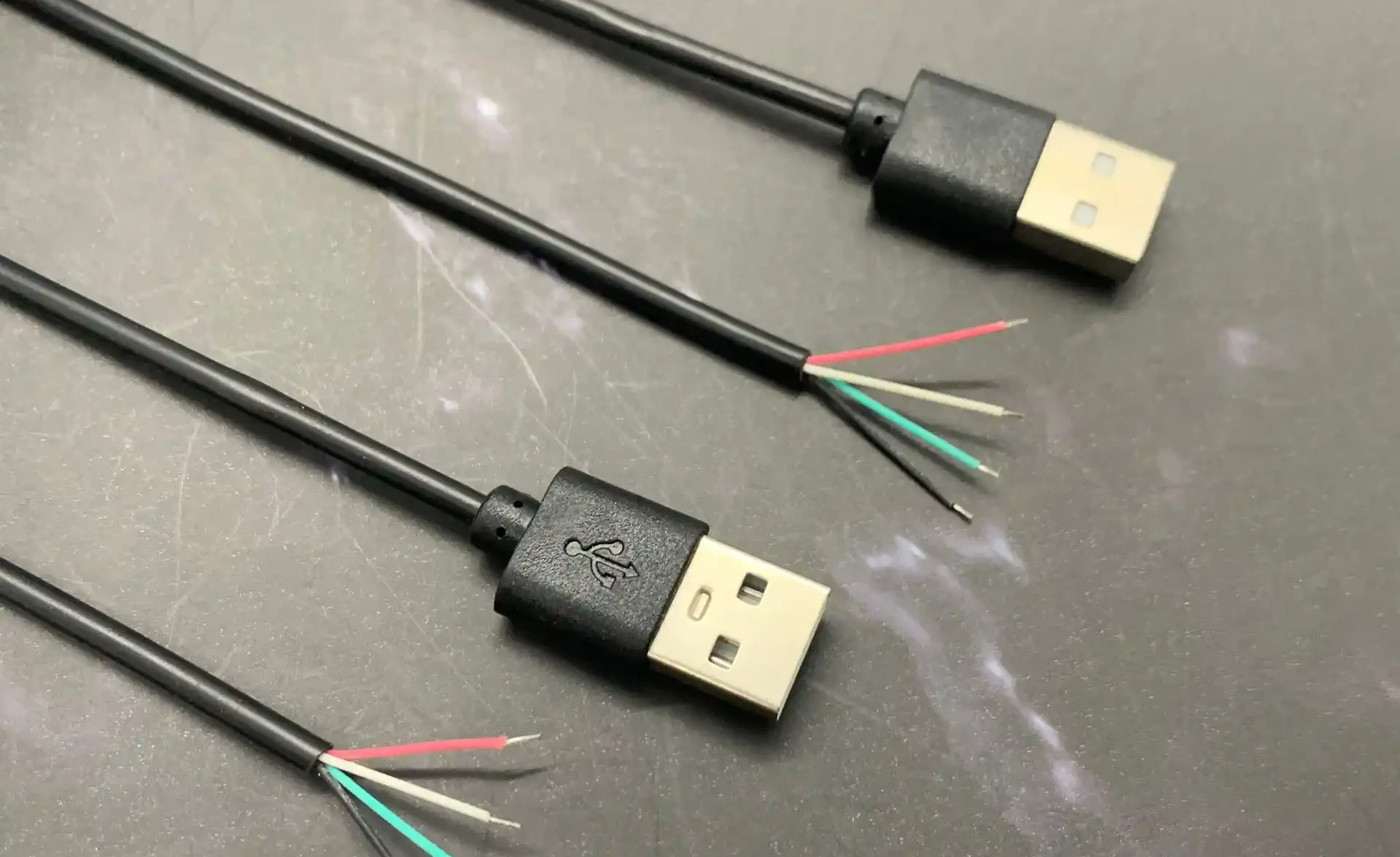
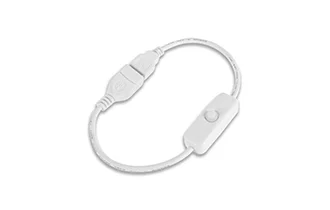
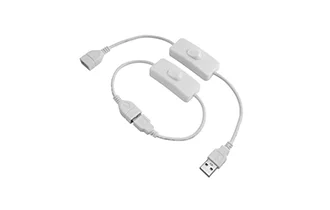
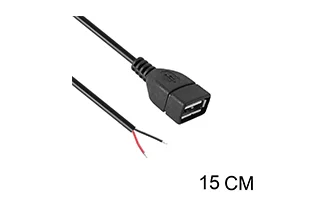
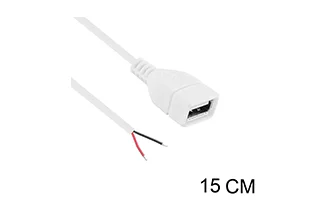
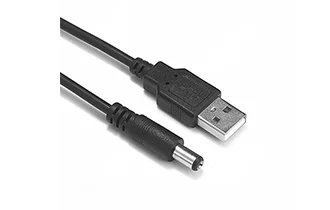
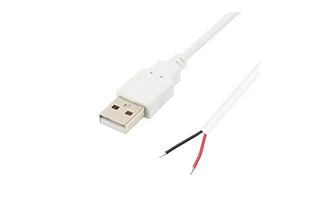
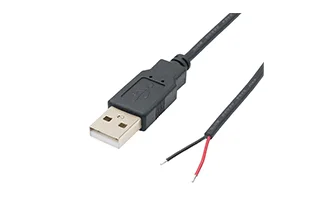
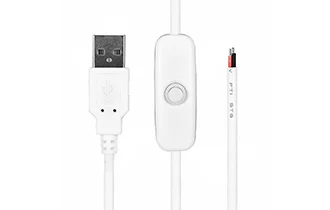

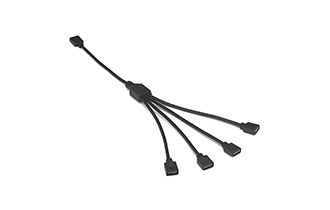
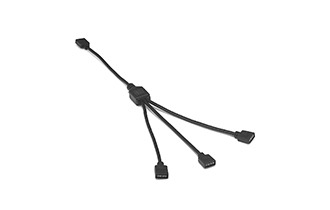
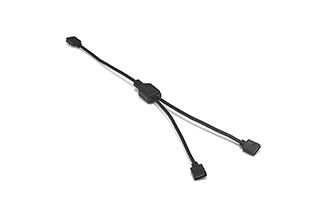
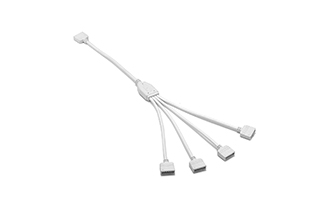
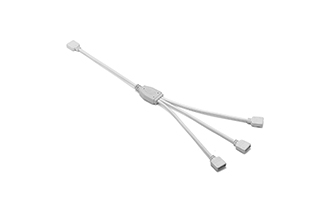
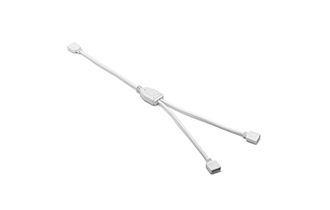
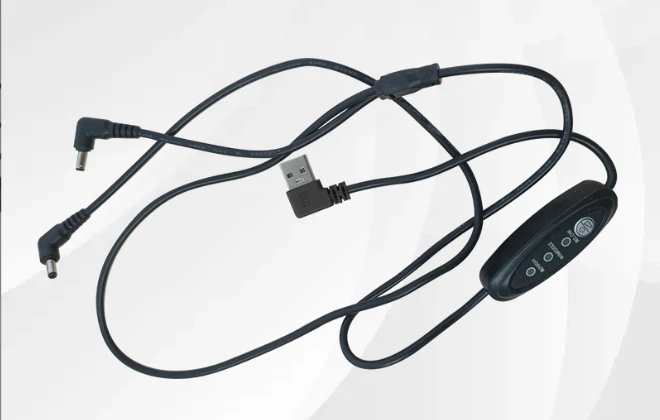
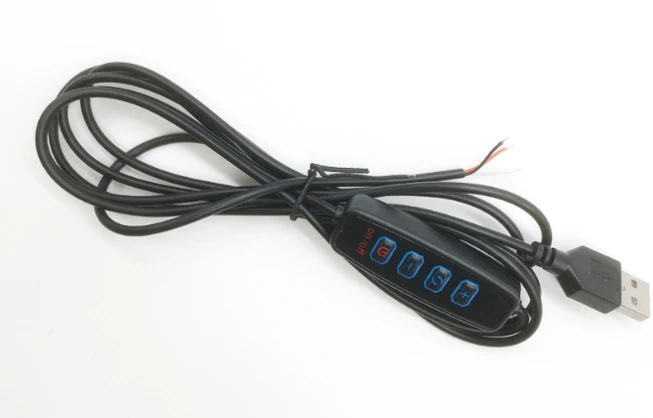
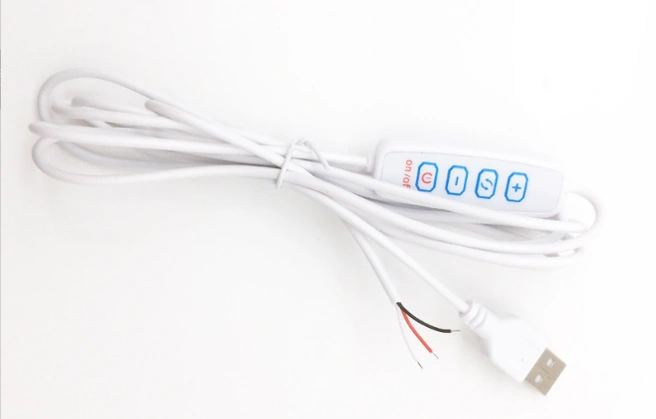
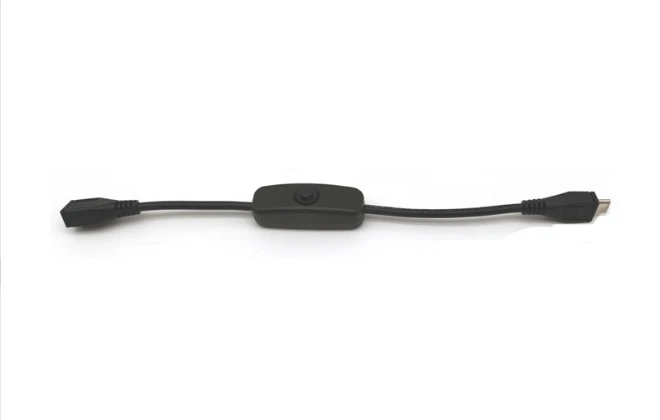
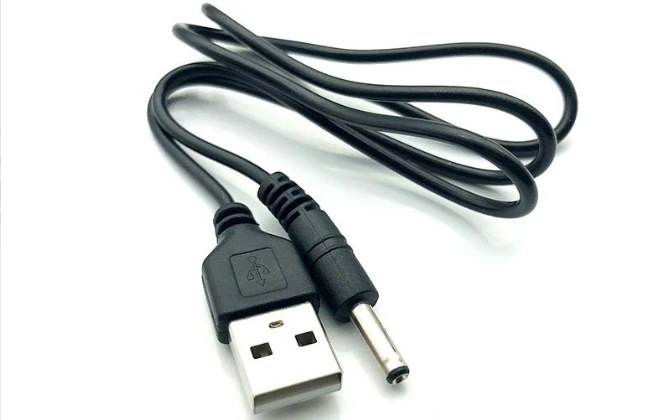
| ltem Name | Cable Values |
|---|---|
| Cable Color | White, Black(Support Customization) |
| Cables Gauge | 18-28awg (Support Customization) |
| Conductor Material | Copper, Tinned copper |
| Ways | 2-8ways |
| Pins | 2 - 10 pins |
| Inner diameter | 21.mm, 2.5mm, 1.35mm |
| Outer diameter | 5.5mm, 5.0mm, 3.5mm |
| Insulation Material | Silicone PVC |
| Voltage | 3V, 5V, 6V, 9V, 12V(Based on customer's needs) |
| Rated Temperature | -40 - 80°C | Certification | UL CE Rohs |
a. USB Power Wire:The wire can be viewed as the internal wires built with a USB cable that is crafted to bear electrical power. They are responsible for delivering power from a charger or laptop to an application. What’s more, the wire only transfer power to charge and doesn’t have the capability for transmitting data.
b. USB Power Cable:It refers to a full set of cable assembly, which includes power and data wires, and connectors at every end. To achieve the charge or data transmission, it can be plugged into your application. Also, a USB power cable enables the delivery of electrical power and data, which relies on the configuration. A device is charged or powered by power wires and communication between applications can be facilitated by data wires.
a. Power and Charging Demands
c. Fit Cable Length
d. Durability & Quality
Yes, but the following aspects need to be considered:
a. Cable Type: USB-C cables are always the top priority for fast charging, particularly if connected with applications that carry USB power delivery. Also, Micro-USB cables are popular options for achieving fast charging. However, they have restrictions in electricity capacity and charging speed in comparison with USB-C.
b. Power Delivery: Up to 100 watts of electricity can be handled by USB-C with Power Delivery, which is fit for charging fast to smartphones and also high-power applications.
c. Current and Voltage Ratings: The cable that supports fast charging must have capability to withstand high currents. What’s more, Power Delivery enables devices to charge at higher voltages and currents, which leads to significant charge.
d. The Compatibility of Charger: A compatible charger, application and cable play decisive role in fast charging. If only the cable is used, fast charging cannot be achieved unless higher power delivery can be supported by the charger or other devices.
a. Quality: The longevity of a USB power cable can be greatly enhanced with the use of high-end materials and intensified connectors. The materials prevent the cable from wear and tear, which enables longer efficiency of the cable. However, degradation to cheap or low-end cables are easily happening, which results in decreased charging speeds of even months of failure.
b. Frequency of Use: Your USB power wire may be worn out faster if it is plugged and unplugged in daily use, because of the strain put on the connectors and wires.
c. Proper Handling: The cable is unable to be bended or twisted near the ends of the connector since this is possible to cause damages. The lifespan of the cable can be greatly extended if it is handled properly through the pull from the connector. The cable should be stored and coiled neatly and organized to avoid damages to the internal wires.
a. No Bending and Twisting: The cables should be prevented from bends or twists, particularly near the ends of connectors. The internal wires can be weakened if the bending is happening frequently, which results in fraying or breakups.
b. Cable Organization: When USB power cables are stored or transported, tangling them should be prevented since this may result in damage to internal wire. Thus, cable organizers should be applied to coil the cable in a neat way.
c. Pull from the Connector: The connections can be weakened at the ends of the cable is disconnected by pulling on the wire. The USB plug is grasped when the cable is unplugged rather than pull it from the cable which decreases the strain on the joint.
d. Durability of Cable: High-end cables with durable materials are always applied to prevent daily wear and tear. You can choose cables with strain relief at the end which can resist to bends and stretches.
e. Excessive Heat and Cold Prevention: The insulation of the cable can be degraded if exposed to fluctuated temperatures. USB power cables should be kept away from heat conditions, so remember to place them in cool environments.
f. Moisture Exposure Prevention: The internal elements of the cable can be corroded if contacted to humid conditions, which results in power failures or malfunctioned circuits. Remember to prevent the USB cables from humid conditions. Don’t forget to unplug it instantly if the cable gets wet.
a. High Power Output: Up to 100 watts of electricity can be supplied by using USB-C with PD. Thus, it is fit for small applications and other high-electricity electronic devices.
b. Compatibility: USB-C has become popular for various applications. A wide range of devices can be charged by using one USB-c cable. Everything can be powered with USB-C Power Delivery, which the charging can be simplified.
c. Reversibility of Connector: The reversible USB-C connector allows you to plug it in both ways, which is easier to apply. In addition, the design decreases the risk of damages to the port or connector if plugging it wrongly.
d. Fast Charging: The electricity delivery can be dynamically adjusted with USB-C Power Delivery according to the requirements of the application, which enables the fast charging with the use of the max acceptable electricity for every application.
e. Power Application: The correct amount of electricity is sent to the application with USB-C PD, which causes no overcharging.
a. USB Connector Type
b. Power Delivery Compatibility
c. Choose the Right Wire Gauge (AWG)
d. Inspection of Cable’s Current Rating
e. Verification of Cable Length
Looking USB Power Cable for Your Project? We Are Ready to Support You.
As a renowned cable harness solution provider giant VOCSON can ensure that your project is leading the industry, Choose us to provide wire harness products, and OEM or ODM services for you.